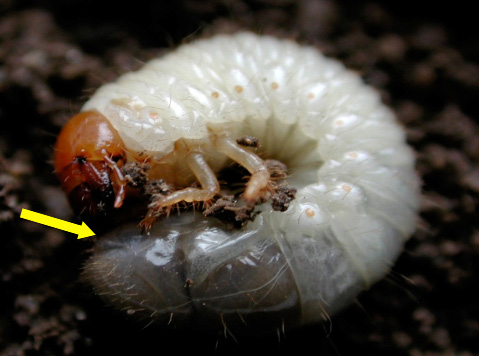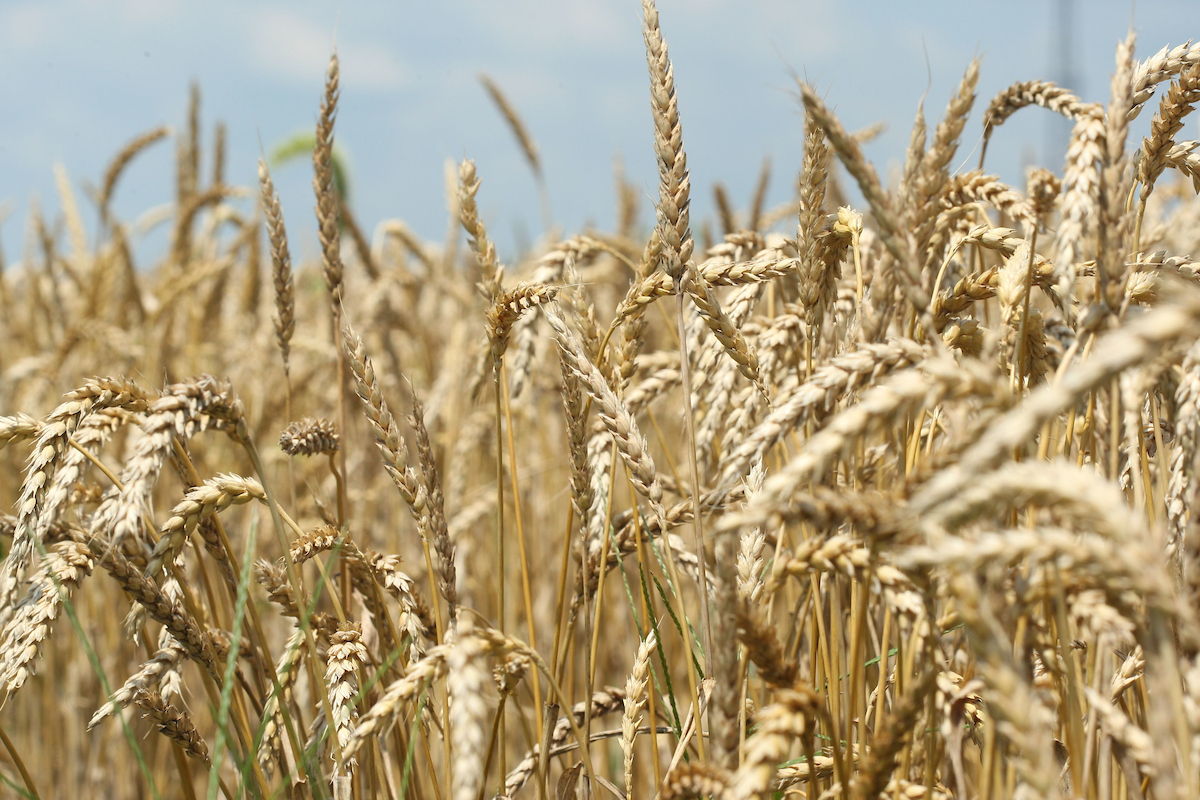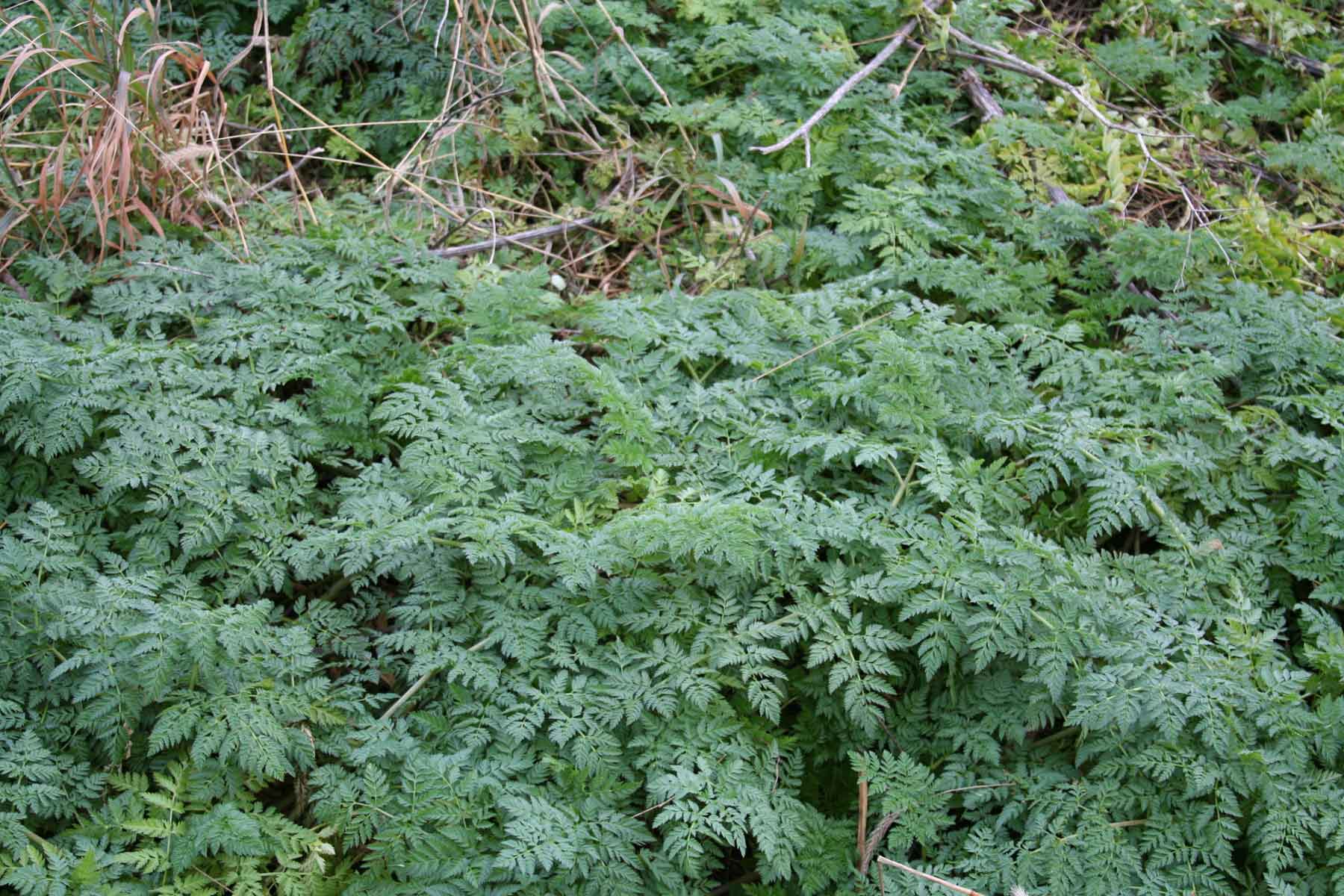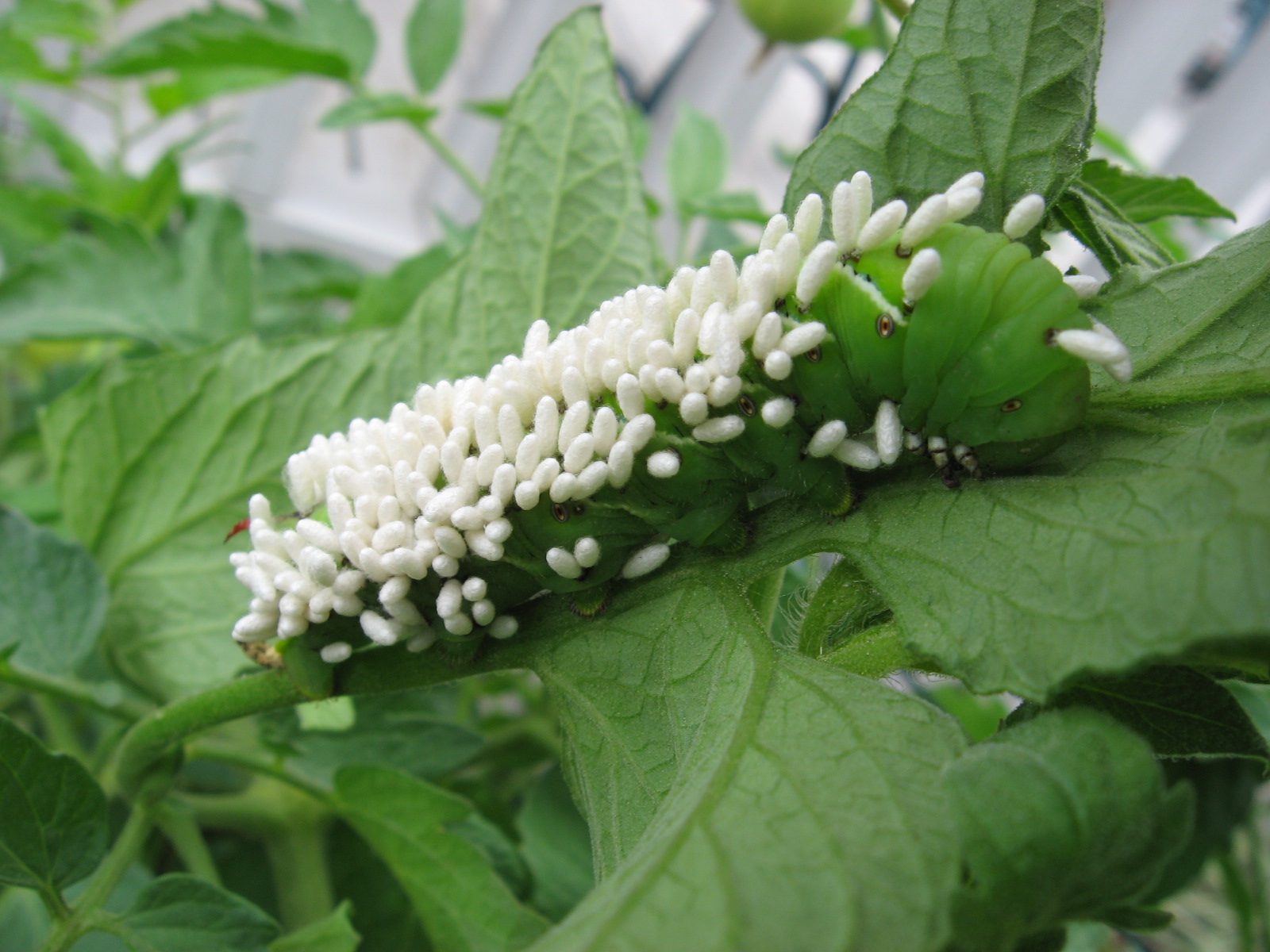Drier Weather Bringing on Pesky Lawn Weed

Rains over the last month have kept lawns green and flush, but if things dry up over the coming weeks, that growth will slow down, leaving room for one of a lawn’s peskiest weeds to arrive: crabgrass. Crabgrass is a summer annual weed that begins germinating when soil temperatures are approximately 60° F for 3-5 days, which occurred in early May this past spring. The other requirement for crabgrass germination is moisture, of which there was an adequate amount of in the topsoil. These conditions had lawns looking great early on, however within that dense grass were young crabgrass plants waiting for their chance. As rain slow down and temperatures increase, some lawns begin to conserve energy and go dormant. Without the competition from grass, crabgrass has its chance to shine.
Crabgrass flowers and sets seed in July and August, then dies with the first frost of fall. Therefore, some crabgrass has been dropping seeds for a few weeks now and is too healthy to effectively control with herbicides. Several products will advertise post emergence control of crabgrass, but research has shown the results to be poor. So what can be done now?
Unfortunately, it is best to simply tolerate the crabgrass until it dies at first frost and in the meantime, keep up your regular lawn program to try and encourage a healthy grass stand in the future. This would include: making sure it is properly fertilized, mowing at the proper height (no lower than 2.5” to 3.5”), and irrigating during dry spells. The best time to fertilize a lawn is in September, when 1 pound of nitrogen per 1,000 ft² should be applied. Then, next spring, usually around the first week of April, apply a pre-emergent herbicide for crabgrass to help terminate all of the seed that was set this year. If a few plants still emerge, hit them early with a post emerge herbicide while they are still young.
For further questions pertaining to lawn maintenance, I would encourage checking out Purdue’s turf publications, which can be found here: https://turf.purdue.edu/homeowner.html These free publications provide excellent information on establishing and maintaining a lawn, as well as controlling common weeds, diseases, and insects. I also recommend having a copy of Purdue’s “Maintenance Calendar for Indiana Lawns,” handy throughout the year, which can be found here: https://www.extension.purdue.edu/extmedia/ay/ay-27-w.pdf This breaks down lawn care based on the amount of time and money you want to put into it, be it a high, medium, or low maintenance level lawn.





